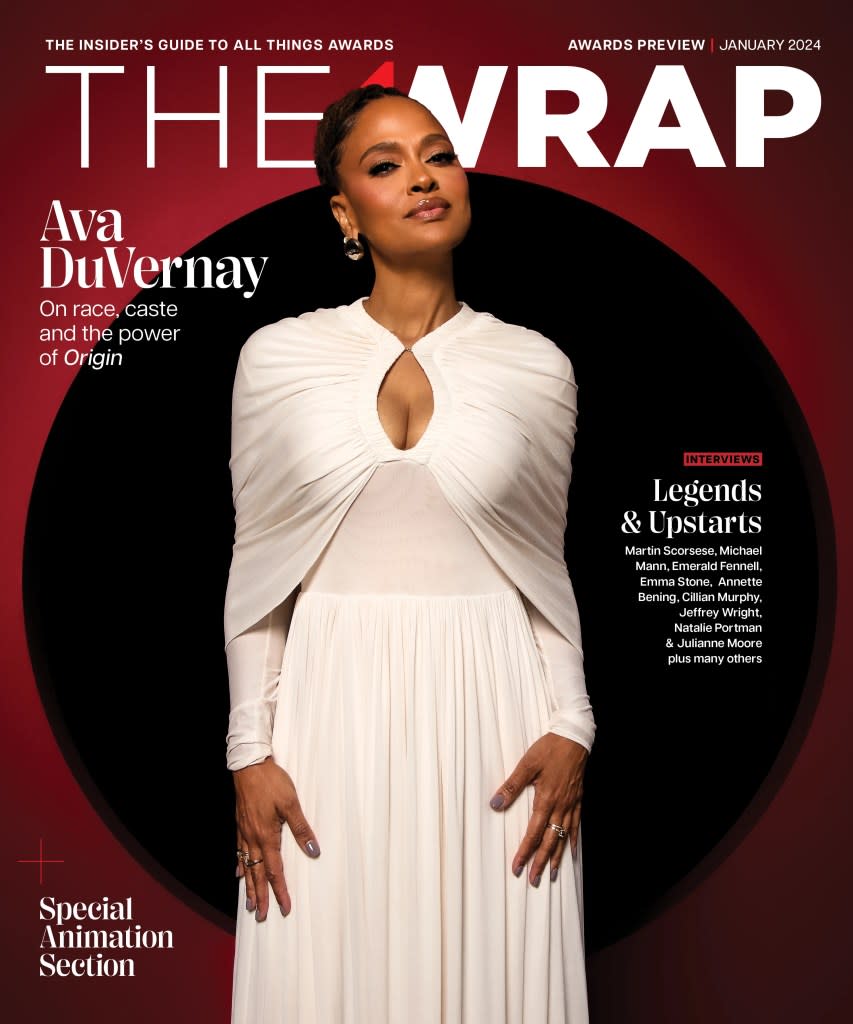How ‘They Shot the Piano Player’ Made the Journey From ‘Stupid Idea’ to Oscar Contender
- Oops!Something went wrong.Please try again later.
- Oops!Something went wrong.Please try again later.
- Oops!Something went wrong.Please try again later.
Almost 20 years ago, Spanish director, journalist and music producer Fernando Trueba began doing interviews to investigate the mysterious disappearance and presumed murder of Brazilian jazz pianist Francisco Tenório Júnior in 1976. But he didn’t know what he’d do with the material. He thought about a book or a documentary film.
But a few years later, after he’d made the animated film “Chico & Rita” and received an Oscar nomination, it occurred to him that the story of Tenório Júnior might be right for animation.
“I realized that if I made a documentary with people talking about him, it was going to be one hour of closeups of people talking about a dead guy,” said Trueba, best known for live-action films like “Year of Enlightenment,” “The Girl of Your Dreams” and “Belle Époque,” which won the 1992 Oscar for Best Foreign Language Film.
“I thought, Tenório deserved better than that. I was going to tell the story of his disappearance, but I also wanted to talk about someone who was alive. I wanted to make the audience not just hear the bad news, but also hear the great music.”
He initially thought it was a stupid idea to make an animated film about Tenório Junior, but after six months of keeping it to himself while the idea grew in his head, he told his wife about it. Instead of telling him it was ridiculous, she said, “OK, let’s go.”
So Trueba began work on the movie that became “They Shot the Piano Player” by bringing in Spanish artist and designer Javier Mariscal to direct with him. Mariscal realized that different sections of the film would require different styles of animation.
“I saw very quickly that the film should be very realistic when Jeff (a journalist character investigating Tenório Junior’s disappearance) is doing interviews or going to New York or Rio or Los Angeles,” Mariscal said. “But even when I was drawing in a realistic way, I tried to make the heads and the hands bigger for more expression.
“And then when I illustrate the memories of people, it’s another style. It’s not realistic, with not a lot of colors. When it was possible, I only used two or three colors to better understand the memory of this character. And when they play music, I tried to make it completely unrealistic, more like the music is inside the drawings.”
Jeff Goldblum, a longtime friend of Trueba and an accomplished jazz pianist himself, supplied the voice of the journalist character. But even though Trueba has a movie star and a distribution deal with Sony Pictures Classics, the director knows his movie has a rarefied audience.
“It’s not a commercial project,” he said. “It’s very risky, very arty. You are talking about music, about politics, about history, about memory. But how can you do the puzzle of a life knowing that there are many pieces that you will never have? This was very complicated — making it real in three languages, working with documentary material but keeping the strategies of fiction storytelling. For me, that made it really interesting and challenging.”
This story first appeared in the Awards Preview issue of TheWrap’s awards magazine. Read more from the issue here.

The post How ‘They Shot the Piano Player’ Made the Journey From ‘Stupid Idea’ to Oscar Contender appeared first on TheWrap.

